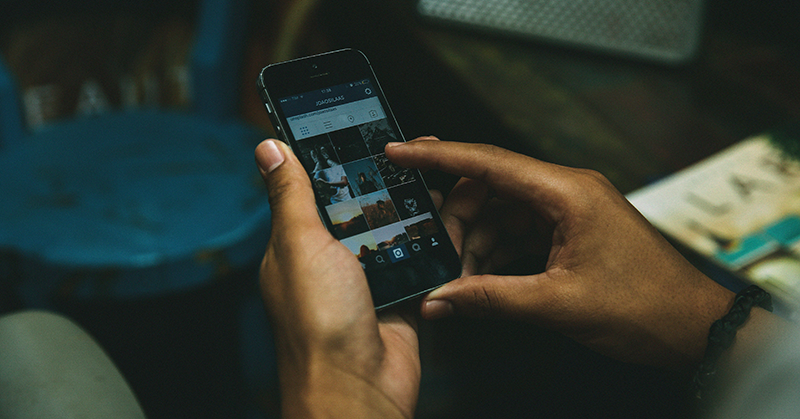
You may have noticed that your Instagram and Twitter feeds changed slightly over the course of the last week. Although visually the format has remained the same, many users are now seeing posts appear out of “order” as the platforms make a shift from showing content chronologically to displaying content you are likely to find most engaging. In addition to a modified experience for everyday users, the change to an algorithm-based news feed has major implications for brands and influencers.
Not sure what that means? Let me break it down for you.
In the past both platforms displayed every post from the profiles you follow in chronological order, just as Facebook did many years ago. Following in Facebook’s footsteps, Instagram and Twitter are now moving to a news feed that relies on an algorithm – a complex math equation – to prioritize the posts that you are most likely to find interesting and engage with. Instagram claims to be making this change because on average people miss 70% of their news feeds. I guess popular content rising to the top is good for the social media user who follows hundreds or even thousands of people, but for users like myself this is concerning.
Not to sound pompous, but I consider myself rather discerning when it comes to who I follow on my social media channels. I follow people or brands for a reason; because I want to see the content they produce and post. There’s something to be said for caring about who you follow instead of following 10,000 people with the hope they with follow you back. Now I wont see these posts in order any more, but rather I will only see the content that the platform’s algorithm prioritizes.
In my mind, that’s a bummer.
Clearly I am not the only one who thinks so, as over 170,000 people have signed a Change.org petition to revert the Instagram feed to chronological order. Outside of how this affects me personally, this change is going to have a serious impact on content creators as well. Below are three of my predicted outcomes from the changes to these platforms.
1. Driving engagement on organic content is going to be hard.
Like, really hard. To this point brands and influencers have been able to put just about any piece of content on Twitter or Instagram and be at least relatively sure that a good portion of their audience would see the content. Now only the most popular content is going to be seen by the masses.
2. Brands will need to start paying for circulation.
You can be pretty sure we will start seeing regular organic reach declines (read: platform-imposed limitations) similar to what we are seeing with Facebook, where brands can only reach 2.6% of their audience organically. Yeah, you read that right: only 2.6%.
Now mature social networks with shareholders to answer to, Instagram and Twitter need to start generating real revenue and showing consistent growth. Limiting organic reach will encourage – and basically force – brands and influencers to sponsor content more frequently if they want to reach users on these platforms. As you can imagine, this represents a massive potential revenue stream. It always comes down to money, doesn’t it?
3. Brands will be encouraged to create better, more compelling content.
There is some good to come from this. Brands are going to be forced to give a shit about the content they produce. When even low-quality content received decent exposure brands became complacent. No longer will that be the case. Now that high organic engagement is likely to be as rare as a hole-in-one and brands are going to have to pay for circulation, you can bet that they will spend more time crafting quality content to distribute via these channels.
Don’t get me wrong. Crappy content will still exist, but now it is less likely to end up in your news feed, which is a good thing.
Instagram & Twitter Feed Change Summary
Ultimately, the majority of users probably won’t even notice the change and many might even prefer it. This is especially true for infrequent users because when they do fire up these apps they will see good content that they otherwise might have missed. While it is possible to revert your Twitter timeline to chronological order, it’s unlikely that many people will take advantage of this feature.
So am I thrilled about the changes? No, but I can at least appreciate that the overall quality of content on these platforms is likely to improve.
I am curious to hear what you think about this. Did you notice the change, and has it affected the way you interact with or consume content on Instagram or Twitter?
Hit me up on Twitter @MathewBernstein and let me know what you think.



